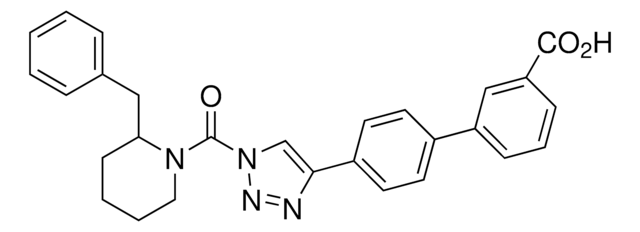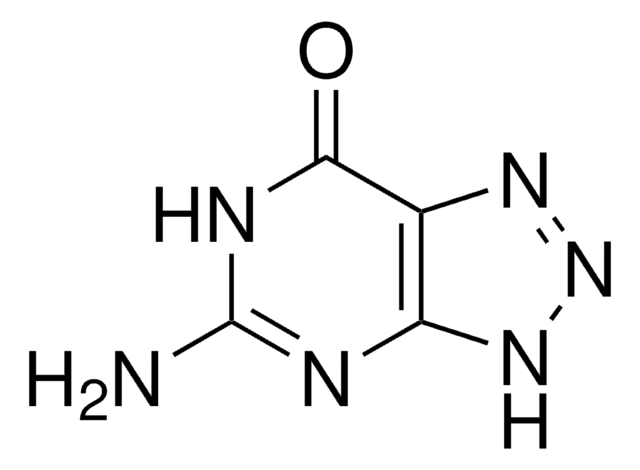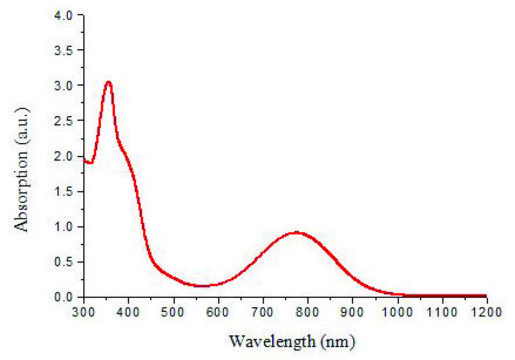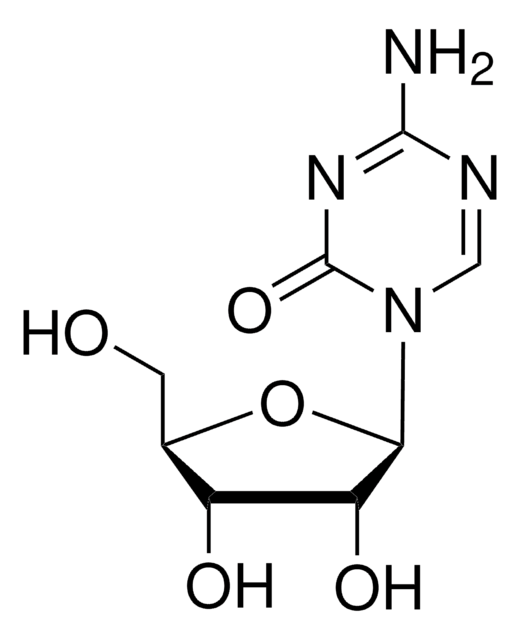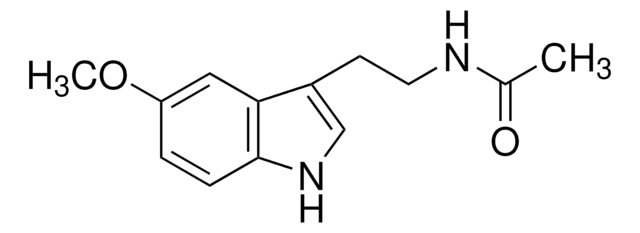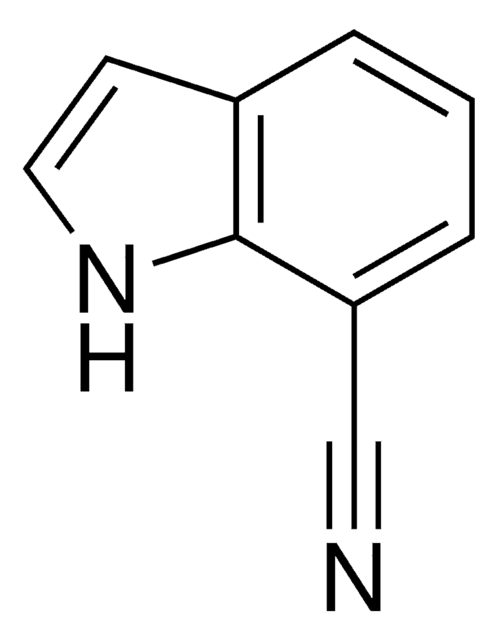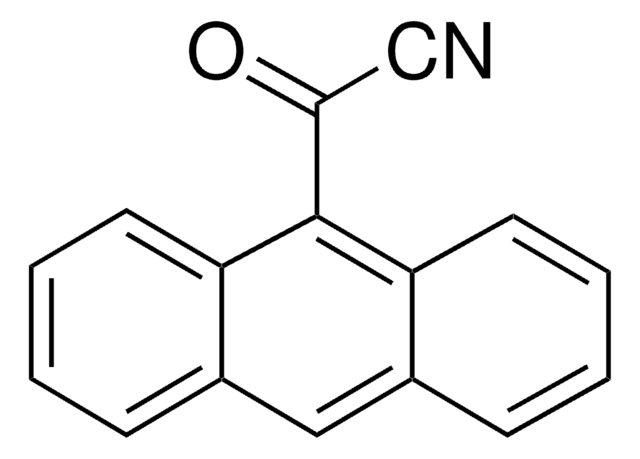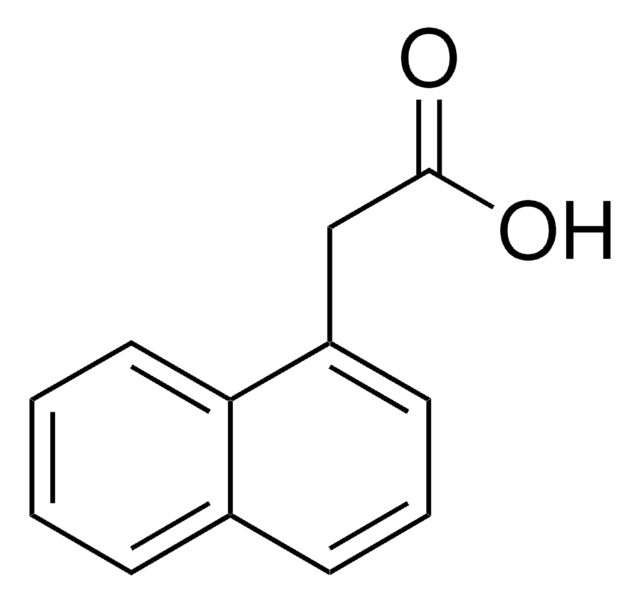推荐产品
质量水平
方案
≥98% (HPLC)
表单
powder
颜色
white to beige
溶解性
DMSO: 5 mg/mL, clear (warmed)
储存温度
2-8°C
SMILES字符串
[n]3(nnc(c3)c4ccc(cc4)c5ccc(cc5)OC)C(=O)N1C(CCCC1)c2ccccc2
InChI
1S/C27H26N4O2/c1-33-24-16-14-21(15-17-24)20-10-12-22(13-11-20)25-19-31(29-28-25)27(32)30-18-6-5-9-26(30)23-7-3-2-4-8-23/h2-4,7-8,10-17,19,26H,5-6,9,18H2,1H3
InChI key
OEHLNQDRVMDXQD-UHFFFAOYSA-N
生化/生理作用
KT195 is a potent (IC50 = 10 nM) and selective inhibitor of α/β-hydrolase domain-containing 6 (ABHD6), a serine hydrolase that acts as an alternative hydrolase of the endocannabinoid 2-arachidonoylglycerol (2-AG). KT195 has negligible activity against other serine hydrolases such as DAGLβ and has been used as a control probe for studies of DAGLβ as well as being a probe on its own to study ABHD6. KT195 treatment of Neuro2A cells caused significant accumulation of 2-AG. KT195 also lowered interleukin-1β (IL-1β) secretion from lipopolysaccharide-treated macrophages suggesting ABHD6 involvement in this activity as well.
警示用语:
Danger
危险声明
危险分类
Acute Tox. 3 Oral - Aquatic Chronic 4
储存分类代码
6.1C - Combustible acute toxic Cat.3 / toxic compounds or compounds which causing chronic effects
WGK
WGK 3
闪点(°F)
Not applicable
闪点(°C)
Not applicable
法规信息
新产品
从最新的版本中选择一种:
分析证书(COA)
Lot/Batch Number
相关内容
The Cravatt group develops innovative technologies to understand enzyme roles in disease, focusing on activity-based protein profiling.
我们的科学家团队拥有各种研究领域经验,包括生命科学、材料科学、化学合成、色谱、分析及许多其他领域.
联系技术服务部门